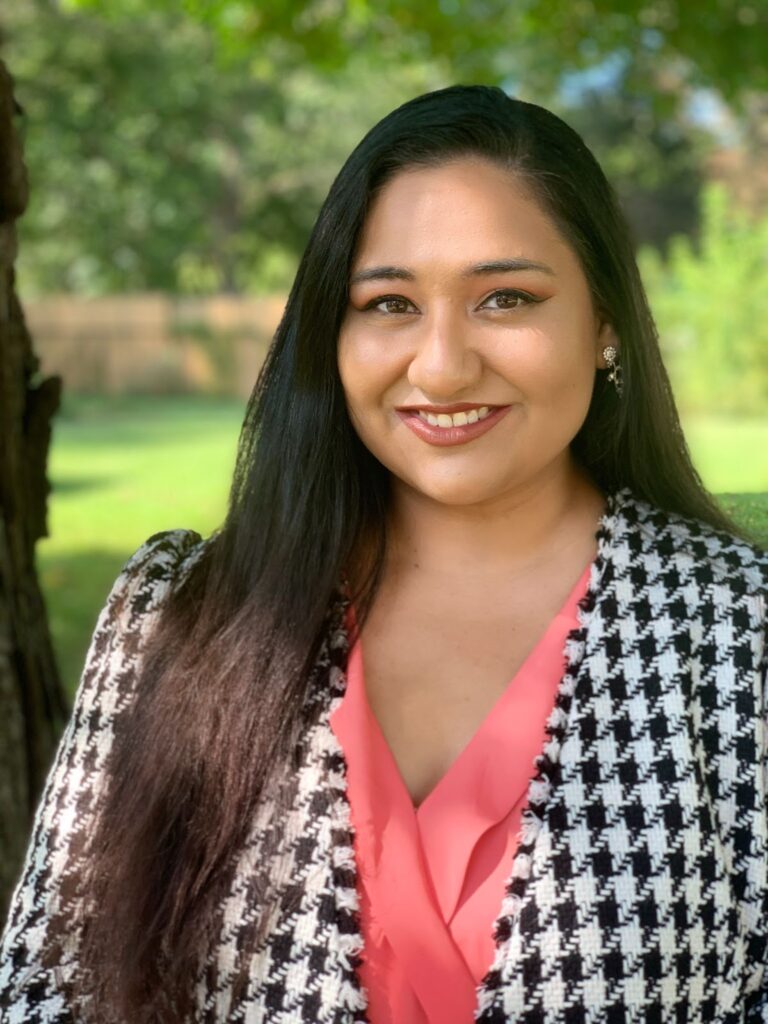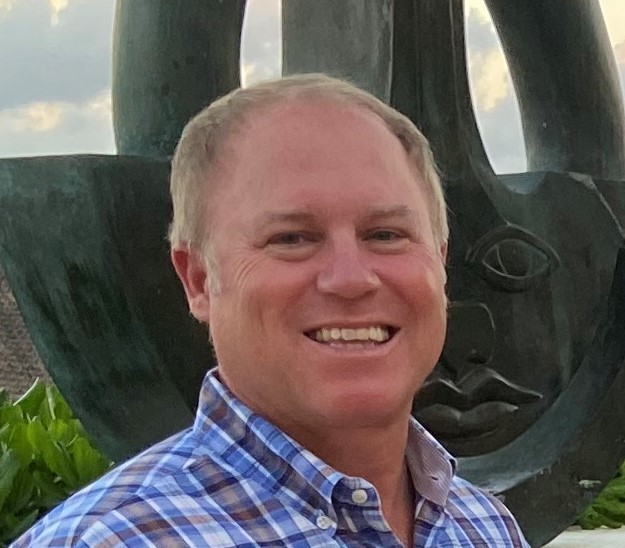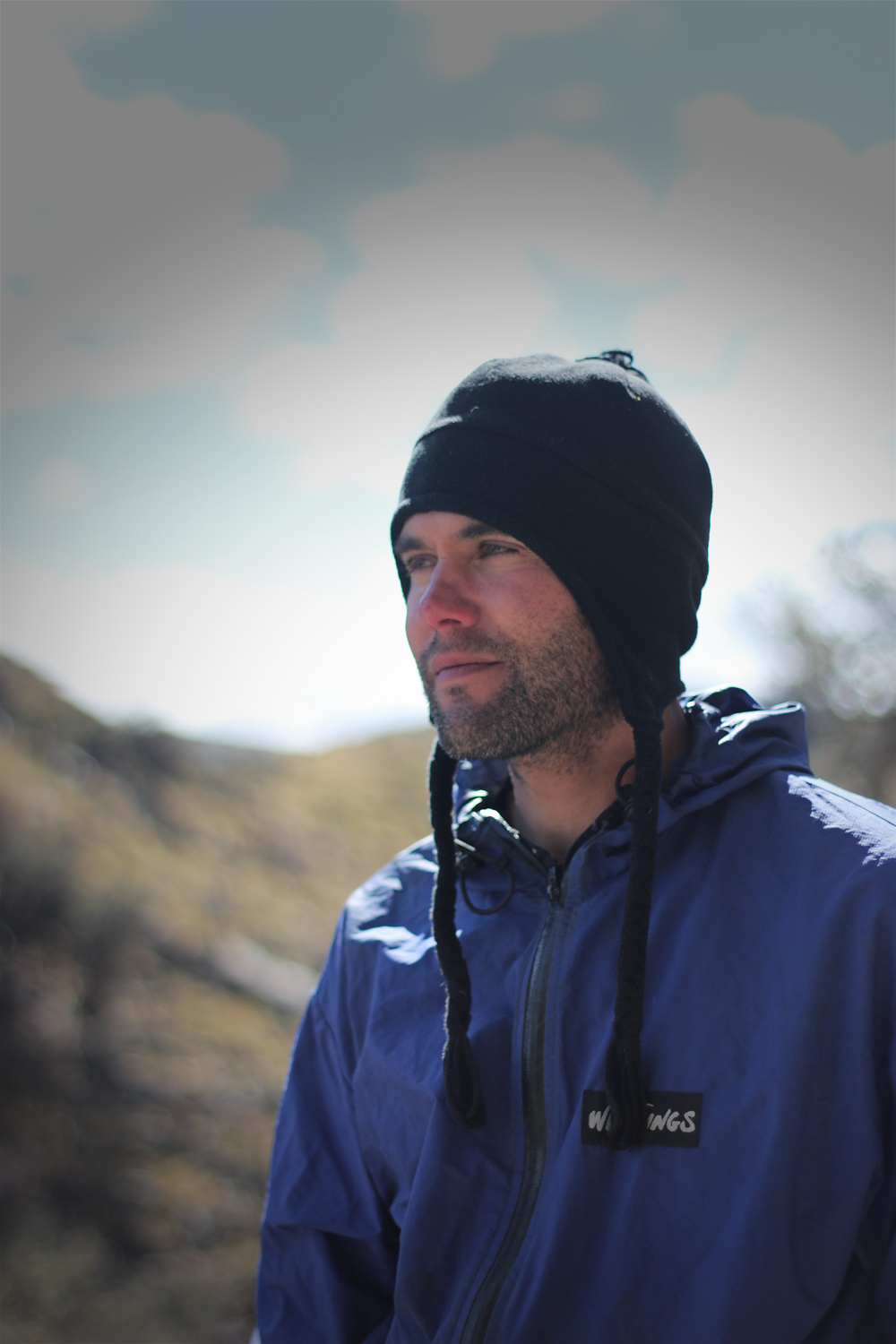-
MSU Department of Anthropology holds Human Remains Excavation Course for Michigan State Police
By Katie Nicpon Caption: The MSU Forensic Anthropology Lab facilitated a training session in Lansing for members of the Michigan State Police force. The training involved how to properly excavate and handle remains. The skeletons used for the training were made of plastic. Photo credit: Jacqueline Hawthorne, MSU College of Social Science photographer. In September, […]
-

MSU Anthropology professor and undergraduate participate in Smithsonian global oyster study
Dr. Sanchez, MSU Department of Anthropology assistant professor, and his colleague Dr. Michael Grone, California Department of Parks and Recreation, contributed to the global study of Indigenous oyster fisheries, which synthesized over a century of archaeological findings from the San Francisco Bay Area. The synthesis of these data was supported by MSU Anthropology major Emily […]
-

MSU alum named Executive Director of the Hispanic Latino Commission of Michigan
In September 2021, the Hispanic/Latino Commission of Michigan (HLCOM) named MSU alumna Dr. Isabel Montemayor-Vazquez the executive director, and she began her role that same month. Dr. Montemayor-Vazquez received both her master’s and doctorate’s degrees from the MSU Department of Anthropology. “I was interested in this position because it marries my political science background and […]
-

MSU Anthropology alum finds success in the business world
“Rarely is there another person in any meeting room that I’m in that has the background that I have,” MIchigan State University alumnus Jeffrey Bennish laughed good-naturedly. Bennish is the Vice President of QuVA Pharma Inc., a 503B pharmacy drug manufacturer, who graduated with a degree in anthropology. “I think you can use a lot […]
-
Dr. Hourani Receives Multiple Grants for International Research
Najib Hourani, Assistant Professor in both Anthropology and Global Urban Studies, received a Fulbright Fellowship and a Council of American Overseas Research Centers Senior Scholar Fellowship for his new research project working with Syrian refugees in Jordan. His project seeks to understand their needs and aspirations for the reconstruction of their neighborhoods, towns, and cities. […]
-

Featured Faculty, Dr. Kurt Rademaker
Dr. Kurt Rademaker started with MSU Anthropology in Fall of 2018. His research focuses on human biogeographic expansion into the Andes mountains and adds to our understanding of the timing and routes of initial human settlement of the Americas and the role of ecological variability in driving human adaptations and in understanding the relationships between […]
-
Dr. Ethan Watrall Receives DEADDA Grant
The Department of Anthropology is pleased to announce that Assistant Professor Ethan Watrall is part of a team recently awarded a European Cooperation of Science & Technology grant for the Saving European Archaeology from the Digital Dark Age (SEADDA) Project. The project is based on the premise that making archaeological data open and freely accessible […]
-
Andean Girl Returns Home
Dr. William Lovis, Professor Emeritus of anthropology, Curator Emeritus of anthropology, editor of Midwest Archaeological Perspectives and research affiliate for Lithic Microwear Research Laboratory completed the repatriation to Bolivia of the 500-year old mummy of a young Andean girl. Her arrival at the Washington, D.C., Embassy of the Plurinational State of Bolivia marked the beginning […]
-
3rd Annual Endowed Alumni & Friends of Archaeology Lecture
Greg Hare, the former Yukon Archaeologist and Senior Projects Archaeologist with the Government of Yukon, Canada, recently retired after 30 years of service, visited MSU from March 11-15th, 2019 as the 3rd Annual Alumni and Friends of Archaeology Endowed Lecture Series. While here, Dr. Hare gave a department talk entitled, “Global Warming and Melting Ice […]
-
Dr. Goldstein Receives Lifetime Achievement Award
The Department of Anthropology is pleased to announce Dr. Lynne Goldstein (Professor Emerita of Anthropology and Founding Director of the Campus Archaeology Program) received the Society for American Archaeology Lifetime Achievement Award at the 84th Annual Meeting in Albuquerque New Mexico on April 12, 2019. This prestigious award is in recognition of her pivotal theoretical […]